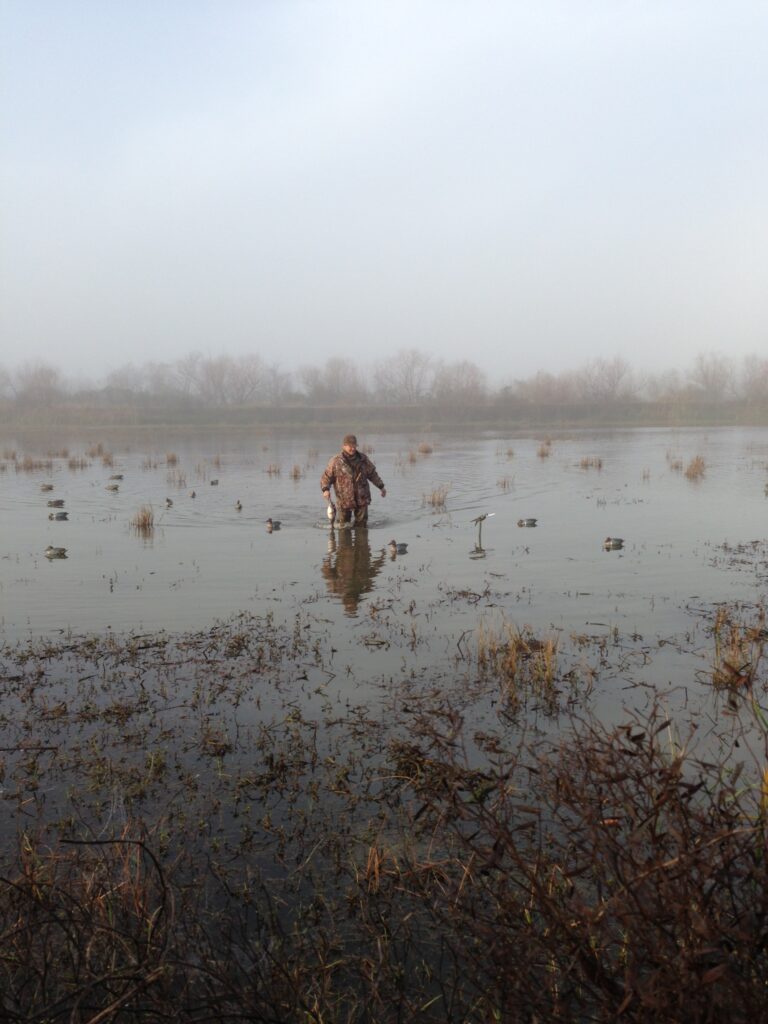Texas is home to the most significant number of waterfowl in North America. The state’s top 10 habitats include marshlands, lakes, rivers, ponds, reservoirs, bays, estuaries, coastal marshes, dunes, and prairie grasslands. The Texas Parks & Wildlife Department says about 1,000 species of birds call Texas home. Texas has some of the most beautiful places in the world. There are a wide variety of classes and activities you can experience in the state. It can take time to narrow down your list of things to do. I’ve compiled my list of the top 10 things to do while visiting Texas. The best part is that all these activities are free, including the cost of your ticket. You don’t have to travel thousands of miles or fork out hundreds of dollars to see these beautiful places.
Many people think of duck habitats as large areas of water, but the term refers to many habitats, including fields, ponds, marshes, and estuaries. This wide variety of habitats makes for a diverse group of ducks, best described as having a wide range of sizes, colors, and behaviors. They are all different, but they’re also very much alike because even though they are all ducks, they are all adapted to life in various environments.
If you love to watch ducks, there are several duck sanctuaries and clubs around the United States. They offer various services for birdwatchers, including classes, tours, and even accommodations. Some clubs will even let you adopt a duck. You can find duck habitats in all 50 states, but the Texas coast is the most common place for duck watching. The state is home to various waterfowl species, including Mallards, Canada Geese, American Coots, and Wood Ducks.
You should check out some of these areas to create a weekend hunting adventure. According to the U.S. Fish and Wildlife Service, Texas is home to one of the largest duck populations in the United States. The state hosts 567 species of waterfowl, including ducks, geese, swans, and grebes. Some of the best spots to hunt are along the Rio Grande, which flows through the city of Laredo, and the Sabine River, which runs through Nueces County. Both offer good spots for hunters.
In conclusion, there are many different species of ducks in North America. It is believed that nearly half of all waterfowl are migratory. With a wide range of habitats and habits, ducks have become an essential part of human culture throughout history. In addition to being a source of meat, eggs, and feathers, ducks are an integral part of the food chain. They help cleanse rivers and lakes of pollutants and debris by eating algae and other plant matter. While most ducks are native to North America, others are found in Africa and South America. Some duck species are threatened and may need protection. The U.S. Fish & Wildlife Service has developed a list of wildlife species candidates for federal listing as threatened or endangered.



